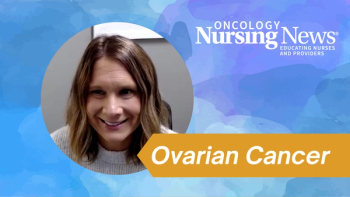
Opinion|Videos|December 19, 2024
Recognizing PNH and Initial Challenges
Author(s)David Dingli, MD, PhD, Brandi Lewis
Panelists discuss how Brandi first noticed symptoms leading to her paroxysmal nocturnal hemoglobinuria (PNH) diagnosis, highlighting the challenges of the initial diagnostic process, and explore the impact of fatigue and brain fog on her daily life. They also address how clinicians assess the severity of these symptoms during consultations and what they indicate about disease progression or treatment needs.
Advertisement
Episodes in this series

Now Playing
Video content above is prompted by the following:
- Can you share how you first noticed something was wrong and what led to your PNH diagnosis?
- What was the most challenging aspect of the initial diagnosis process for you?
- Fatigue and brain fog are common in PNH. How did these symptoms affect your daily life when you were first diagnosed?
- :When patients mention fatigue or brain fog, how do you assess their severity and impact during initial consultations?
- What do they tell you about disease progression or treatment needs?
This program was made possible with support from Novartis Pharmaceuticals.
Newsletter
Knowledge is power. Don’t miss the most recent breakthroughs in cancer care.
Advertisement
Advertisement
Advertisement
Trending on Oncology Nursing News
1
FDA OKs Subcutaneous Amivantamab Across All NSCLC Indications
2
FDA Approves Rucaparib in BRCA-Mutated Metastatic CRPC
3
Mobile Health Intervention Ups QOL in AYA Breast Cancer Survivors
4
T-DXd/Pertuzumab Combo Earns FDA Approval in Advanced HER2+ Breast Cancer
5















































































